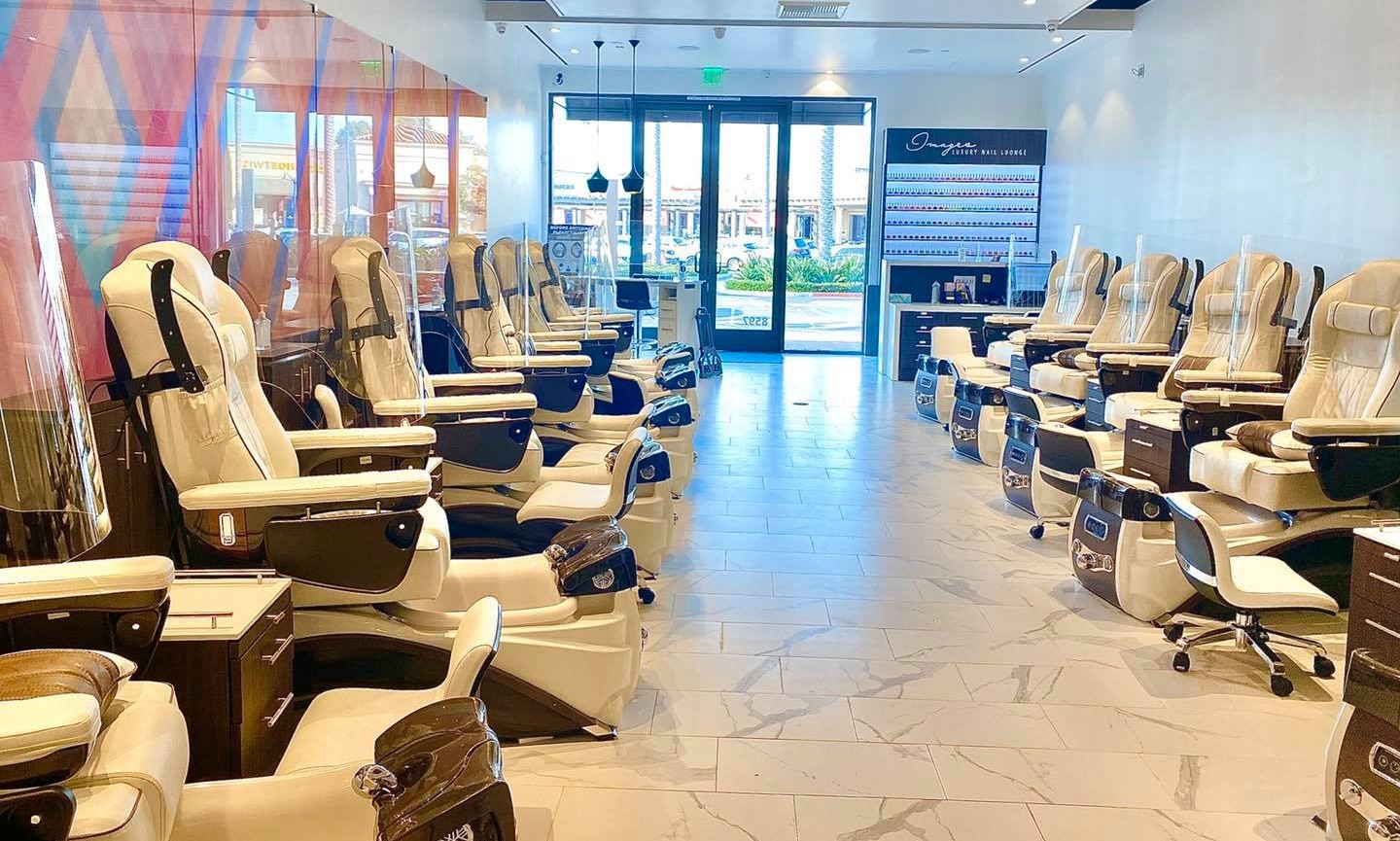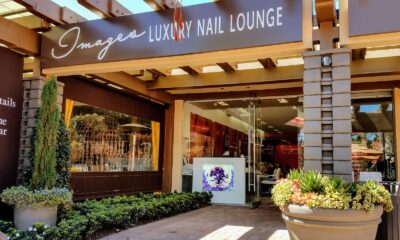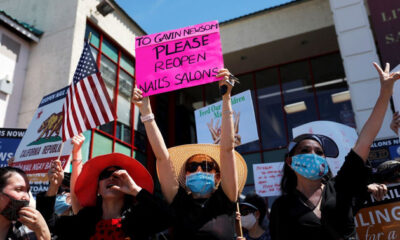Health insurance is supposed to be a safety net—a financial buffer to help cover medical costs when life throws a curveball. But if you ask any provider or patient who’s tried to collect on a claim, they’ll tell you, “Insurance companies don’t play fair.” In fact, many go out of their way to avoid paying out, delay the process, or set up confusing roadblocks that frustrate both doctors and patients.
Insurance companies make it so hard to get paid because profit is their priority. At the end of the day, health insurance companies are businesses. And like all businesses, they have one main objective: maximize profits. Every claim they pay out cuts into their bottom line. That creates a built-in incentive to delay, deny, or underpay whenever possible.
Even small denials, when multiplied by thousands of claims a day, can result in massive savings for insurers. Insurance policies are loaded with fine print, technical jargon, and changing criteria. Providers are often expected to navigate complex billing codes, formularies, pre-authorization procedures, and specific documentation requirements—all of which can change without much notice. This constant state of fluctuation increases the chances of providers making an error, giving insurers the excuse they need to deny or delay a claim.
Pre-authorization is one of the most common tactics used to stall or prevent payments. It requires providers to get approval in advance for many tests, treatments, or medications—even those considered standard of care. The process can be so drawn-out and inconsistent that some providers give up or delay care, leaving patients in limbo.
Insurers frequently deny claims based on minor technical errors, such as misspelled names, incorrect billing codes, lack of “medical necessity” (even when a doctor deems it necessary), or missing documentation (often something that was never clearly requested) In many cases, the care was valid and needed—but one small mistake is all it takes to trigger a denial.
Some experts refer to it as the “three D’s”: Delay, Deny, and Defend. Their goal is to wear people down. Insurance companies know that if they make the process frustrating enough, many patients and providers will give up on pursuing the money altogether. Time-consuming phone calls, appeals processes, and re-submissions become a full-time job. Many doctors and clinics can’t afford to keep up with.
In some cases, insurers will pay less than what was agreed upon, or use so-called “silent PPOs” to undercut contracted rates. Providers often don’t even realize they’ve been underpaid until months later, by which point the appeals window may have closed. This subtle tactic lets insurers save money without outright denying care—flying under the radar of most busy practices.
In recent years, insurers have begun using algorithms and artificial intelligence to flag and auto-deny claims at scale. While these tools are promoted as efficiency boosters, they can result in denials that lack nuance, context, or human judgment. This can be particularly harmful for complex or rare conditions, where standard guidelines may not apply. This impacts patients and providers in many ways; doctors and hospitals must hire full-time billing and coding staff just to stay afloat, patients are often left with surprise bills or denied access to necessary care, and healthcare costs rise as administrative work eats up time and resources. In short, when insurers deny payment, everyone else pays the price—whether it’s through stress, delayed care, or rising premiums.
So although health insurance is supposed to provide peace of mind, too often, it feels like a battle. Between red tape, strategic delays, and vague policies, insurers have turned claim denial into a quiet art form. Until there’s more oversight, transparency, or reform, providers and patients will need to stay vigilant—document everything, ask questions, and never take a denial at face value.
………
TẠI SAO CÁC CÔNG TY BẢO HIỂM Y TẾ TRÁNH TRẢ TIỀN BỒI THƯỜNG
Bảo hiểm y tế lẽ ra phải là một tấm lưới an toàn tài chính—giúp người bệnh chi trả chi phí y tế khi gặp khó khăn. Nhưng nếu bạn hỏi bất kỳ bác sĩ hay bệnh nhân nào từng cố gắng nhận tiền bồi thường, họ sẽ nói: “Công ty bảo hiểm không chơi đẹp.” Thực tế, nhiều công ty cố tình né tránh, trì hoãn hoặc tạo ra các thủ tục rắc rối để gây khó khăn cho cả bác sĩ lẫn bệnh nhân.
Lý do chính khiến việc đòi tiền bảo hiểm trở nên khó khăn là vì lợi nhuận. Các công ty bảo hiểm y tế là doanh nghiệp, và mục tiêu chính của họ là tối đa hóa lợi nhuận. Mỗi khoản bồi thường mà họ phải chi trả làm giảm lợi nhuận, vì vậy họ có động cơ để trì hoãn, từ chối hoặc trả ít hơn bất cứ khi nào có thể.
Ngay cả những khoản từ chối nhỏ, khi nhân lên hàng ngàn đơn mỗi ngày, cũng giúp họ tiết kiệm một khoản tiền khổng lồ. Hợp đồng bảo hiểm thường chứa nhiều điều khoản khó hiểu, ngôn ngữ kỹ thuật, và quy định thay đổi liên tục. Các bác sĩ phải đối mặt với mã hóa phức tạp, danh mục thuốc, quy trình xin chấp thuận trước và yêu cầu tài liệu chi tiết—tất cả có thể thay đổi mà không báo trước. Những thay đổi liên tục này khiến bác sĩ dễ mắc lỗi, và đó là cái cớ để công ty bảo hiểm từ chối hoặc trì hoãn thanh toán.
“Xin chấp thuận trước” là một chiêu trò phổ biến nhằm trì hoãn hoặc tránh phải chi trả. Nó yêu cầu bác sĩ phải được công ty bảo hiểm chấp thuận trước khi thực hiện nhiều xét nghiệm, điều trị hoặc kê đơn—even khi đó là phương pháp điều trị tiêu chuẩn. Quá trình này có thể kéo dài, thiếu nhất quán, khiến nhiều bác sĩ bỏ cuộc hoặc trì hoãn điều trị, làm bệnh nhân phải chờ đợi không biết đến bao giờ.
Công ty bảo hiểm thường từ chối chi trả chỉ vì lỗi kỹ thuật nhỏ—như tên bị đánh sai, mã hóa sai, cho rằng “không cần thiết về mặt y khoa” (dù bác sĩ cho là cần), hoặc thiếu tài liệu (nhiều khi là tài liệu mà họ không nói rõ từ đầu). Trong nhiều trường hợp, việc điều trị là chính đáng và cần thiết—nhưng chỉ một lỗi nhỏ cũng đủ khiến họ từ chối bồi thường.
Một số chuyên gia gọi đây là chiến lược “ba chữ D”: Delay (Trì hoãn), Deny (Từ chối), và Defend (Chống chế). Mục tiêu là làm người ta mệt mỏi và bỏ cuộc. Họ biết nếu gây đủ phiền toái, nhiều bệnh nhân và bác sĩ sẽ từ bỏ việc theo đuổi quyền lợi. Gọi điện, làm đơn khiếu nại, gửi lại hồ sơ… trở thành công việc toàn thời gian, mà nhiều phòng khám không đủ nguồn lực để theo đuổi.
Thậm chí có khi, công ty bảo hiểm trả ít hơn số tiền đã thỏa thuận, hoặc sử dụng cái gọi là “PPO âm thầm” (silent PPO) để trả giá thấp hơn mức trong hợp đồng. Các bác sĩ thường không phát hiện ra mình bị trả thiếu cho đến vài tháng sau, khi thời hạn khiếu nại đã hết. Chiêu trò tinh vi này giúp công ty bảo hiểm tiết kiệm mà không cần từ chối trực tiếp—âm thầm “né” khỏi sự chú ý của các phòng khám bận rộn.
Gần đây, các công ty bảo hiểm còn dùng thuật toán và trí tuệ nhân tạo để tự động từ chối hàng loạt hồ sơ. Dù họ nói rằng công nghệ giúp xử lý nhanh hơn, thực tế lại làm tăng số lượng hồ sơ bị từ chối mà không có sự đánh giá kỹ lưỡng hay cân nhắc hoàn cảnh cụ thể. Điều này đặc biệt nguy hiểm với những ca bệnh hiếm gặp hoặc phức tạp, khi không thể áp dụng quy chuẩn thông thường.
Hệ quả là: bác sĩ và bệnh viện phải thuê thêm người để làm công việc mã hóa và đòi tiền; bệnh nhân nhận được hóa đơn bất ngờ hoặc bị từ chối điều trị cần thiết; chi phí y tế tăng vì quá nhiều thời gian và nguồn lực bị tiêu tốn cho thủ tục hành chính.
Tóm lại, khi công ty bảo hiểm từ chối chi trả, mọi người đều phải trả giá—dù là bằng căng thẳng, điều trị chậm trễ, hay phí bảo hiểm tăng cao.
Mặc dù bảo hiểm y tế được kỳ vọng sẽ mang lại sự yên tâm, nhưng trong thực tế, nó lại giống như một cuộc chiến. Giữa hàng loạt thủ tục, sự trì hoãn có chủ đích, và các điều khoản mơ hồ, các công ty bảo hiểm đã biến việc từ chối bồi thường thành một “nghệ thuật thầm lặng”. Cho đến khi có nhiều minh bạch, kiểm soát và cải cách hơn, cả bác sĩ và bệnh nhân đều cần cảnh giác—ghi chép cẩn thận, đặt câu hỏi, và đừng bao giờ chấp nhận việc bị từ chối mà không phản hồi.

 Politics4 years ago
Politics4 years ago
 Business4 years ago
Business4 years ago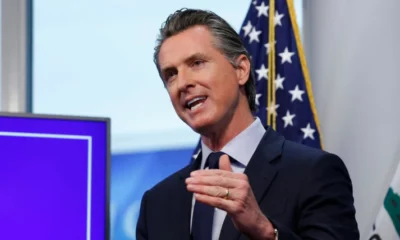
 Business3 years ago
Business3 years ago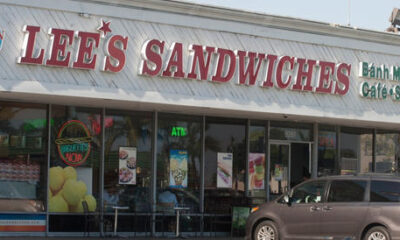
 Business4 years ago
Business4 years ago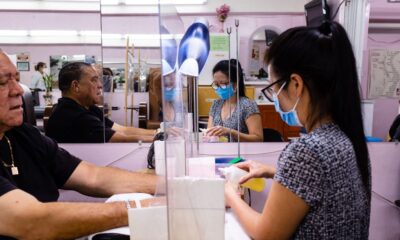
 Business4 years ago
Business4 years ago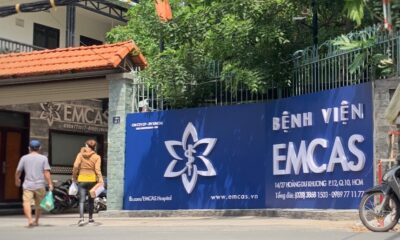
 Business6 years ago
Business6 years ago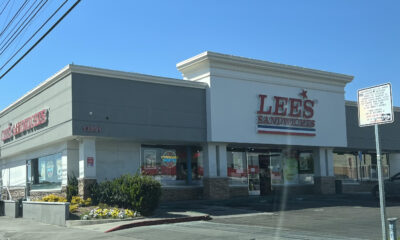
 Business4 years ago
Business4 years ago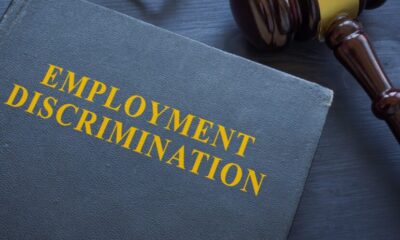
 Business2 years ago
Business2 years ago
